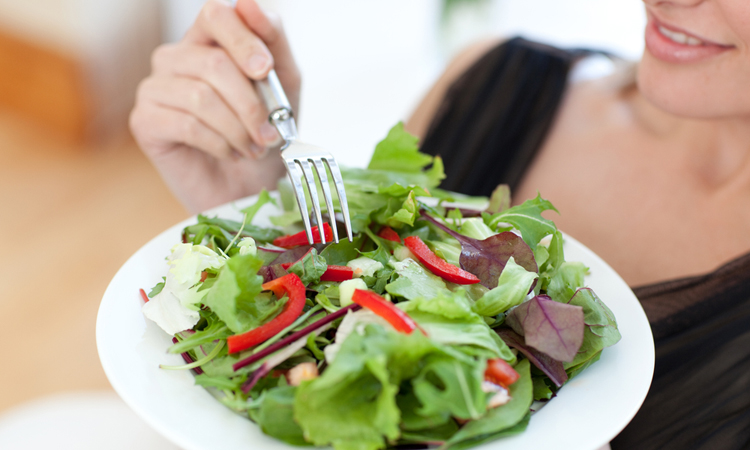
Accidents will happen. And the human body is equipped to respond immediately through an immune response called acute inflammation. Let’s say you sprain your wrist: the injured area will hurt, feel warm, and look red and swollen. This normal bodily response is associated with pain, redness, swelling, and heat, which occurs when specialized cells repair the injured area.
Acute inflammation is immediate, localized, and short-lived; however, inflammation may persist for a longer period of time, which is called chronic inflammation. This ongoing inflammatory response occurs in disease states like arthritis. But how does chronic inflammation occur? Stress and environmental toxins cause chronic inflammation. Diet, too, is a player in inflammation because food can be either anti-inflammatory or pro-inflammatory. Unhealthy dietary choices include refined, processed foods such as white bread, white sugar, and fast food. Soda is also a contributor to chronic inflammation because of its high caloric, high sugar content.
Through a complex set of reactions, food can switch pro-inflammatory and anti-inflammatory genes “on” or “off”. The list of pro-inflammatory foods is extensive. To help you identify what you need to avoid, think of pro-inflammatory foods in terms of refined and processed foods—the Western diet, in a nutshell. The Western diet is conveniently packaged, processed foods and quick drive-thru meals that are cloaked with sugars, salts, and saturated and trans fats. If you continue to eat this way, weight gain is one of many health problems you’ll develop; you’re also at risk for early aging, heart disease, diabetes, and even cancer.
Thankfully, you can change the effects of dietary choices. By making some lifestyle changes, you will be able to combat the effects of the Western diet. Anti-inflammatory foods contain compounds that protect your cells from damage and promote health.
To help you build your anti-inflammatory food list, I’ve included a few tips on what to look for when you’re out grocery shopping:
- Beverages: Skip the soda, which is high in calories. Instead drink plenty of water. Switch things up with an all-natural flavor by adding lemon or cucumber slices to your water; for a refreshing spin, add a few fresh mint leaves too.
- Fruits and Vegetables: Don’t forget to stop by the produce section of the store to select an assortment of fruits and vegetables, which are loaded with antioxidant and anti-inflammatory properties. For instance, kale is a nutrient-dense vegetable that has been shown to protect against cancer.
- Nuts and Seeds: Do you snack between meals? Skip the chips and chocolate bars, and opt for energy-packed nuts and seeds. Sesame seeds are high in good fats, minerals, and vitamins that promote healthy immune function.
- Fish: Eat fish like salmon, which is a great source of omega-3 fats; these fats keep dangerous pro-inflammatory compounds in the body in check. Other healthy fish options to consider are butterfish, mackerel, and sardines. You should eat fish at least twice a week. If you don’t, take a fish oil supplement that contains both EPA and DHA.
Food can be the key to good health and longevity, as long as you know what to look for. Avoid chronic inflammation by choosing foods that contain healthful nutrients that prevent disease.
In the meantime, please visit my website www.genechanger.com for more information about my Gene Therapy Plan (GTP) and sign up for the GTP newsletter.
This article “Anti-inflammatory Foods Fight Disease” by Mitchell L. Gaynor, MD was originally posted on the Gaynor Integrative Oncology. To read the original article, click here.
Click here to find out about Rose’s thoughts on wellbeing and health


